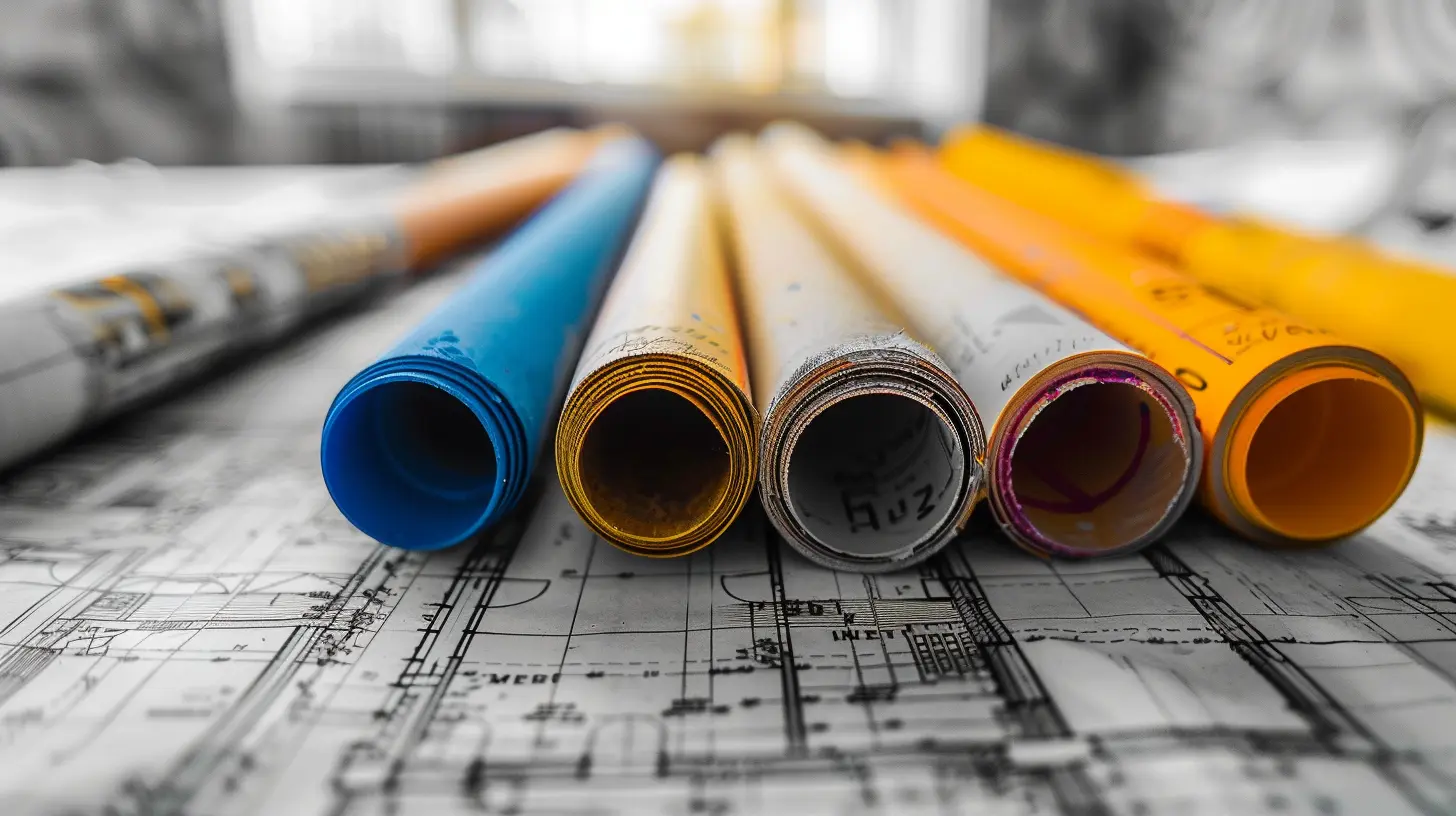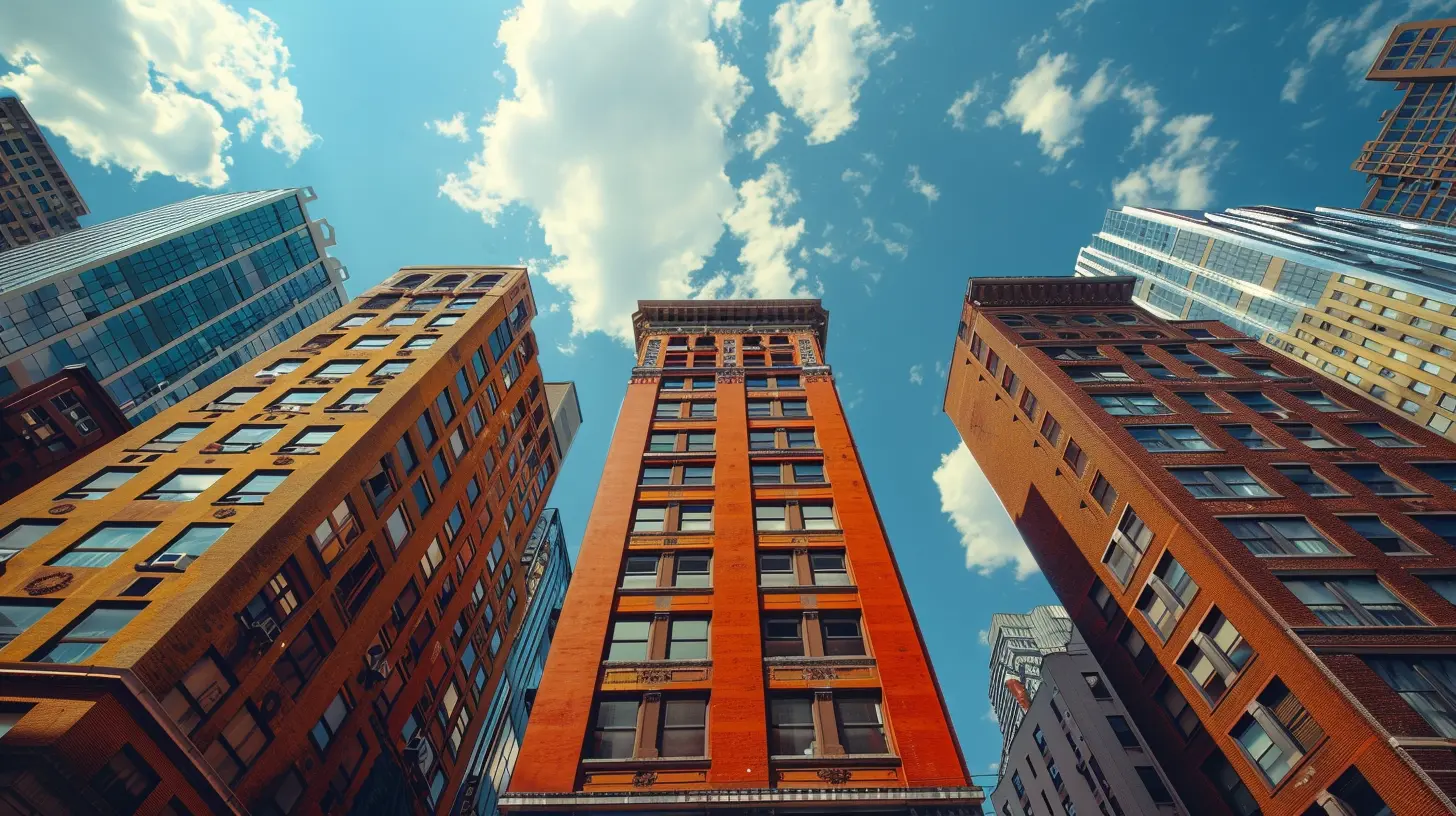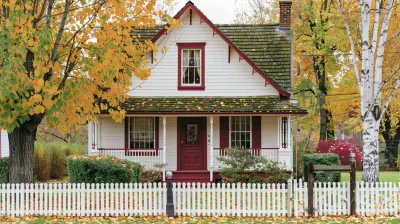The Evolution of Building Permits: How Regulations Have Changed
9 August 2025
Ever tried building something—even a shed—without getting tangled in a heap of paperwork and local codes? Yeah, it can feel like navigating a maze with no map. If you've ever wondered why building permits exist, or why they seem to grow increasingly complex year after year, you're not alone.
The evolution of building permits didn’t happen overnight. It's been a slow burn over decades—built (pun intended) on the back of trial, error, disaster, and innovation. Let’s roll up our sleeves and dig into the journey of building permits, how they've changed through the years, and why they matter more today than ever before.
What Exactly Is a Building Permit?
Let’s start at the foundation. (Get it?)A building permit is essentially the government’s green light. Whether you're building a home, adding a new room, or making major renovations, you need this official thumbs-up before you touch a brick or hammer a nail. It ensures your project meets local safety standards and zoning laws.
But here's the kicker: the rules for getting this permit? They're anything but static.
The Humble Beginnings: Early Regulations
Rewind a few centuries, and you’d barely recognize what passed for building regulations. Ancient civilizations like Rome and Egypt had basic standards—mostly to prevent fires or collapses in densely packed cities. But permits? Not so much.Fast forward to the early 1900s in the U.S., and things started to shift. Cities began drafting rudimentary building codes in response to a new wave of urbanization and, unfortunately, some tragic events. Think fires, collapsing buildings, and structurally unsafe houses.
The Great Baltimore Fire of 1904, for example, destroyed more than 1,500 buildings. It was a wake-up call—a loud one. From then on, local governments realized they needed formal oversight. Enter: the building permit.
Mid-20th Century: The Rise of Standardized Codes
By the 1950s, America was booming. Suburbs were popping up faster than fast food joints. With this surge came the need for standardized construction practices. Cue the birth of model building codes like:- The Uniform Building Code (UBC)
- The Standard Building Code
- The Basic Building Code
These codes helped create nationwide benchmarks, which made applying for permits a little more predictable. Still a hassle? Sure. But at least builders weren’t operating in complete chaos anymore.
These codes laid the groundwork for what many local municipalities use today—though they've evolved in big ways.
The 21st Century Shift: Safety, Sustainability, and Smart Tech
Okay, here’s where things get interesting.In the past two decades, building permits have gone through major upgrades. It’s not just about safety anymore—it’s also about environmental responsibility, energy efficiency, and yes, tech integration.
1. Green Building Codes
Heard of LEED certification or the International Green Construction Code (IgCC)? These initiatives pushed sustainable construction practices to the forefront. That means more permit requirements focused on:- Solar panels
- Efficient insulation
- Low-flow plumbing
- Energy-saving HVAC systems
Want to go green? Then you're likely in for a few additional forms and inspections.
2. Digital Permitting Systems
Goodbye, clipboards and long waits.Many cities now offer online permit applications, payments, and even digital plan submissions. Some are even using AI to speed up approvals. It’s not perfect—tech hiccups do happen—but it’s a giant leap from the paper-only days.
3. Stricter Zoning Rules
Modern building permits now must align with meticulous zoning regulations. Want to build an Airbnb rental in a residential area? Better check the fine print. Cities are clamping down to control growth, traffic, and noise.Why the Constant Changes?
It’s not just bureaucratic red tape, we promise.There are a few key reasons building permit rules keep evolving:
- Public Safety: Structural failures can have fatal consequences. Regulations prevent that.
- Adaptation to New Tech: As construction tech advances, so must the codes.
- Environmental Concerns: Climate change is real. Regulations now consider carbon footprints.
- Population Growth: More people = more buildings = tighter oversight.
And let's be honest: sometimes it’s also about money. Permits generate revenue for cities and help support code enforcement departments.
The Homeowner’s Perspective: Blessing or Burden?
Let’s be real—if you’re a homeowner planning a remodel, building permits can feel like a necessary evil. They slow things down, cost money, and come with a mountain of paperwork.But the truth is, they’re your safety net.
A permitted job means a licensed inspector has checked your wiring, plumbing, and structural work. That peace of mind? Worth every form you filled out.
Plus, when it’s time to sell your home, unpermitted work can kill the deal faster than you can say “open house.”
The Contractor’s Challenge: Navigating the Maze
If you're a contractor, permits are part of the job. But honestly? They can make or break your project timeline.Delays in the approval process, failed inspections, or shifting codes in the middle of a build can wreak havoc. That’s why seasoned contractors develop entire strategies around permitting:
- Build relationships with local inspectors
- Stay updated on code changes
- Submit plans early and thoroughly
In short, the best contractors treat the permit process not as a hurdle, but as part of the blueprint.
Pandemic Impact: COVID Turbocharged the Evolution
When COVID-19 hit, everything—including building permits—was forced to adapt overnight.Municipal offices shut down, construction slowed, and builders scrambled. But here's the silver lining: the crisis fast-tracked digital innovation across the board.
Now, it’s common to:
- Submit blueprints online
- Use virtual inspection tools
- Get real-time updates via mobile apps
It’s not just convenient—it’s efficient. And industry pros hope this momentum continues even post-pandemic.
Global Influence: How International Standards Shape Local Rules
Ever noticed how international construction trends trickle into local codes?Thanks to globalization, cities across the U.S. often adopt parts of the International Building Code (IBC) and International Residential Code (IRC). While local tweaks remain (because every city thinks it’s special), the core standards are increasingly similar worldwide.
This global influence helps streamline architecture, engineering, and construction—but it also means constant updates for your local building department.
The Future of Building Permits
Picture this: You upload your building plans to a city portal. AI reviews them, cross-checks zoning laws, and greenlights your permit—in minutes. A drone inspects your roof. Your smartphone updates you on compliance status in real-time.Sound like science fiction? It’s closer than you think.
Top Trends to Watch:
- AI-Driven Plan Reviews- Drone Inspections
- Blockchain for Permit Records
- Universal Digital Permit Portals
Builders and homeowners alike can expect smoother (and smarter) permitting processes in the years to come.
Final Takeaway: Don’t Skip the Permit!
We get it—permits can be a pain. But skipping one? That’s like driving without a license. Sure, you might get away with it... until you don’t. And when you’re hit with fines, required tear-downs, or legal issues? It’s game over.Whether you’re flipping a house or building your forever home, the evolution of building permits is proof that regulations exist for good reason. They're not just hoops to jump through—they're cornerstones of safe, sustainable cities.
So next time you're dreaming up a new deck or an extra bathroom, remember: permits aren't the enemy. They're part of the process that lets your vision stand tall—and stay standing.
all images in this post were generated using AI tools
Category:
Building PermitsAuthor:

Basil Horne
Discussion
rate this article
1 comments
Marie McLanahan
Great insights on building permits! It’s fascinating to see how regulations evolve, reflecting our changing needs and priorities in construction.
August 22, 2025 at 2:47 AM

Basil Horne
Thank you! I'm glad you found the article insightful. It's fascinating to see how regulations adapt to meet our evolving societal needs.


